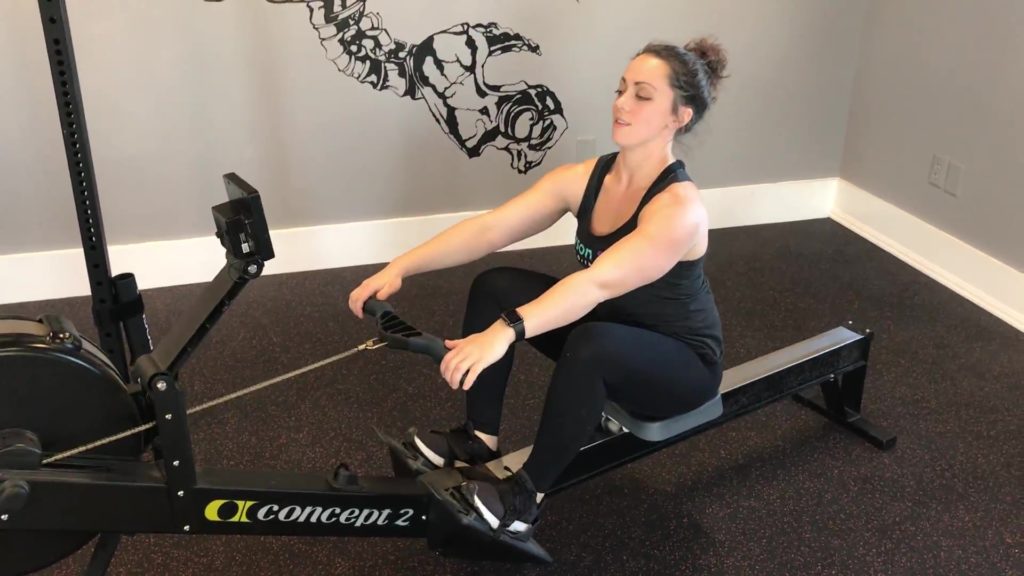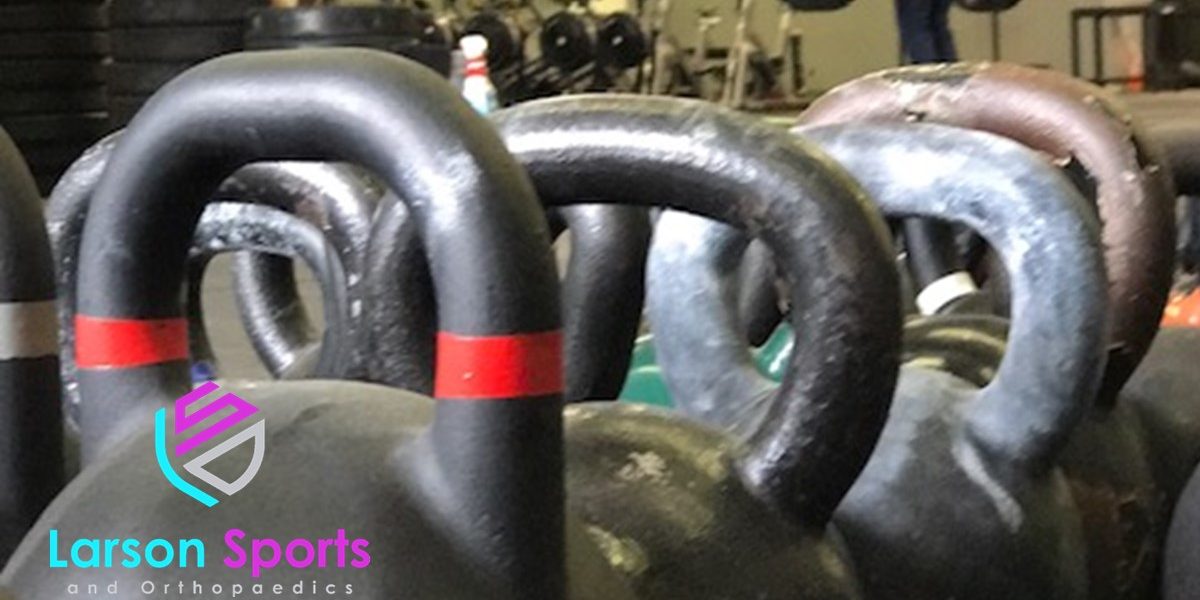
Dr. James Larson is an orthopedic surgeon specializing in sports medicine and arthroscopic surgery. He also holds a CF-L1 certificate and is a Certified BFR Specialist. He supports weight training and high-intensity exercise throughout the lifespan. He started LSO to keep more people moving better, longer.
If you compare a marathon runner to the average Olympic lifter, it seems fairly obvious that weight training and cardio produce two totally different kinds of muscles. This is why the “common knowledge” is that the slimming effects of cardio will prevent you from gaining muscle while you are working out in the gym. But this sort of common knowledge is what we call BroScience. And I always like to put BroScience to the test. Is there any actual science to back this up? Does cardio kill gains?
Well, yes, obviously a lot of cardio will lead to leaner muscles with less bulk and more fibers adapted to long-distance metabolism. BUT that doesn’t mean that ANY cardio will stunt your muscular growth. And the benefits of cardio endurance training are great for your health. The good news is that it’s totally possible to mix endurance cardio into your strength training without inhibiting your muscle gains. But how much is too much cardio? And what’s enough? And how did all this BroScience get started anyway?
Excessive Cardio Slows Muscle Growth
Back in the 80’s, there was a study published that showed cardio would impair gains in muscle bulk and strength from weight training performed over the same 10 week period. This was called “The Interference Effect” and it was accepted as gospel by gymrats everywhere. And then they all avoided even looking at a set of stairs for fear of skinny calves.[1]
But if you read the actual study, you’ll probably see the problem. These people did cardio training six days a week PLUS five days a week of strength training. As shown in one of our other articles, that heavy of a weight training schedule alone could prevent you from making strength gains. So when you then add that aggressive cardio program, what they called “the interference effect” just looks like overtraining to me.
Some Cardio May Help Improve Muscle Gains
There’s been quite a bit of research on this topic in the last 40 years. Most of those have not shown any evidence that moderate cardio kills weight training gains. And some of these studies have shown that the benefits of resistance training can be enhanced with 2-3 days of cardio each week. [2,3]

In one study, quadriceps growth was greatest the most during a combined strength and endurance training protocol. But they compared two days of weight training each week to 4 total sessions per week of combined cardio and weight training. So it’s possible that the increased total amount of exercise was the real factor in improved muscle gains. [3] On the other hand, some other studies with closer volumes of exercise between the two groups have shown no difference in muscle or strength gains. [4,7]
How should you combine strength and cardio training?
The goal of these combined cardio and weight training is to maximize the mitochondrial adaptation to endurance exercise and muscle mass and strength adaptations to strength training. And the best way to combine them actually depends on how hard you do the cardio.
If you go all-out during your running or biking sessions, then you typically want to do those in the morning and allow at least six hours after that to recover before doing your strength training sessions later in the day. It takes longer to recover from a max effort lifting session, so you want to give your body the night to fully recover. Although if you are training that hard twice a day, you will not get the results you want by exercising every day. Take a few rest days each week.
However, if you don’t completely wear yourself out during the cardio session, then you can do weight training immediately after, in a combined session. You haven’t completely fatigued the muscles, so strength training can still be effective. And the weight training after cardio can actually boost the endurance adaptations. [8,9,10]
Does the order of strength and cardio matter?
If you prefer a mixed workout session (30 minutes of cardio, 30 minutes of weights) you can rest assured that the order you do them in doesn’t seem to inhibit your gains in either strength or muscle size. And there doesn’t seem to be any consistent findings as to whether the order influences hormone levels. [11,12, 13, 14, 15]
So really you can do these in either order without too much concern. I would do it based on which one you plan to really max out on. If you are going to lift until you can hardly walk, do that second. But if you are going to run until you puke, do that second instead!
Summary
- Does cardio kill gains? Only when done in excess of your weight training.
- Adding cardio to your weight training routine will not kill your gains.
- Both volume of exercise and diet play a far bigger role in strength and size development.
- If you do cardio to exhaustion, do it early in the day and wait at least six hours before lifting.
- You can do both cardio and strength training in the same session, just keep the first one moderate intensity.
- It doesn’t matter much whether you do cardio or strength training first during a combined exercise session.
Articles Referenced
- Interference of strength development by simultaneously training for strength and endurance. European Journal of Applied Physiology and Occupational Physiology, 45(2-3), 255-263.
- Aerobic exercise does not compromise muscle hypertrophy response to short-term resistance training. Journal of Applied Physiology, 114(1), 81-89.
- Neuromuscular and cardiovascular adaptations during concurrent strength and endurance training in untrained men. International Journal of Sports Medicine, 33(9), 702-710.
- Interaction between concurrent strength and endurance training. Journal of Applied Physiology, 68(1), 260-270.
- The Role of Intra-Session Exercise Sequence in the Interference Effect: A Systematic Review with Meta-Analysis. Sports Med Jan;48(1):177-188
- Neuromuscular adaptations during concurrent strength and endurance training versus strength training. European Journal of Applied Physiology, 89(1), 42-52.
- Physiological adaptations to concurrent endurance training and low-velocity resistance training. International Journal of Sports Medicine, 12(4), 384-390.
- Using molecular biology to maximize concurrent training. Sports Medicine, 44(2), 117-125.
- Consecutive bouts of diverse contractile activity alter acute responses in human skeletal muscle. J Appl Physiol. 2009;106:1187–1197
- Aerobic exercise alters skeletal muscle molecular responses to resistance exercise. Med Sci Sports Exerc. 2012;44:1680–1688.
- Acute endocrine and force responses and long-term adaptations to same-session combined strength and endurance training in women. The Journal of Strength & Conditioning Research, 30(1), 164-175.
- The Role of Intra-Session Exercise Sequence in the Interference Effect: A Systematic Review with Meta-Analysis. Sports Med. 2018 Jan;48(1):177-188.
- The effects of a combined resistance training and endurance exercise program in inactive college female subjects: does order matter? J Strength Cond Res. 2014 Jul;28(7):1937-45.
- The order effect of combined endurance and strength loadings on force and hormone responses: effects of prolonged training. Eur J Appl Physiol. 2014 Apr;114(4):867-80.
- Fitness and lean mass increases during combined training independent of loading order. Med Sci Sports Exerc. 2014 Sep;46(9):1758-68.

